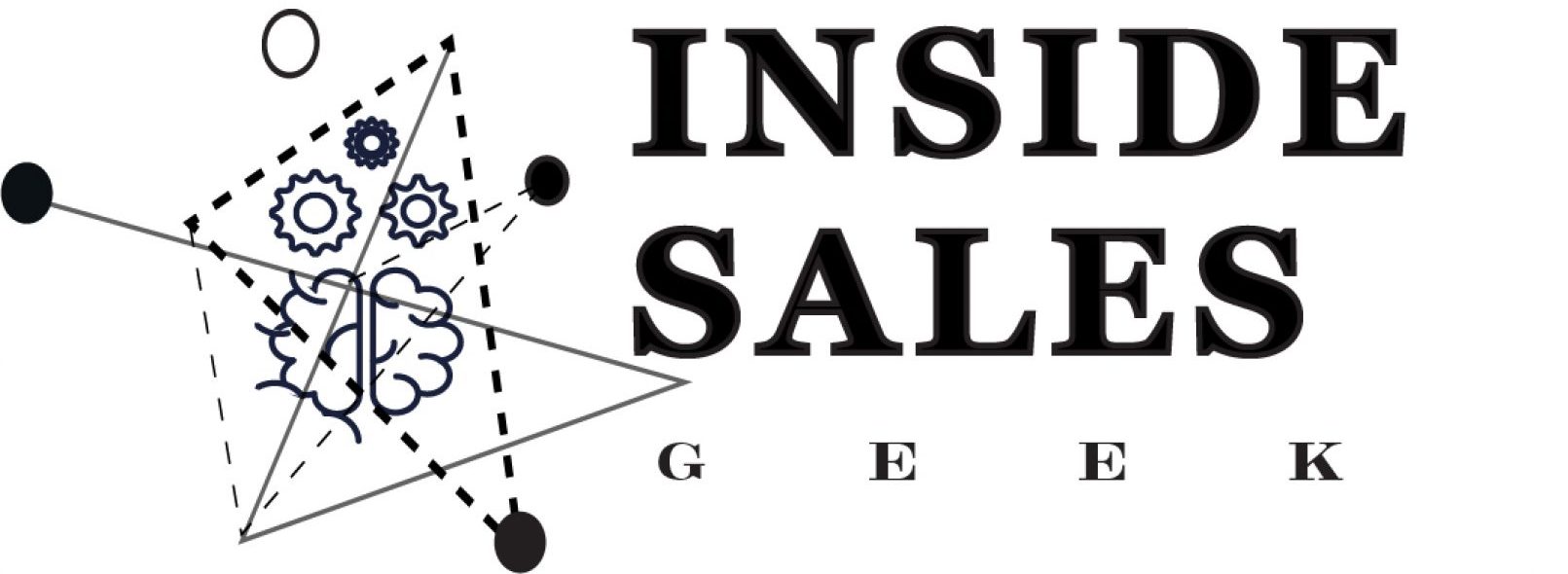
According to VB Profiles, with venture capitalists pouring over $10B in investment, 137 new companies were created from 2010 to 2015 to assist sales companies in maximizing their operational effectiveness. These companies offer services in such areas as pipeline analytics, sales intelligence, and productivity and enablement. At the same time, B2B insides sales are quickly transitioning to social selling where sales activities, for example, have evolved from meetings set to insights resolved (Mary Shea, Ph.D., Forrester Research). Yet inside sales agents continue to be compensated as they were 20 or more years ago with a strong focus on pay for performance and little consideration for intrinsic factors and evolving job activities. Unfortunately, when it comes to paying for performance, there continues to be a disconnect between academic research and industry practices.
Daniel Pink, in his book Drive, made the statement, “There is a mismatch between what science knows and what business does.” What science has discovered through years of research is the lack of correlation between pay for performance and performance/job satisfaction. For example, Kuvaas et al. (2016) conducted a pay for performance study utilizing two years of data from an insurance company. Their findings indicate a relationship between base salaries, increased work effort and decreased turnover intentions. Moreover, those employees who received bonus incentives were negatively related to autonomous motivation. Furthermore, Olafsen et al. (2015), Kuvaas (2006) and Gagne and Forrrest (2008), validate the relationship between fixed pay and positive work outcomes (motivation, retentions, performance, etc.).
Further research on the topic indicates extrinsic motivation provides a positive uplift to algorithmic tasks, while heuristic tasks benefit from intrinsic motivation (Cerasoli, Nicklin, and Ford 2014). Unfortunately, an inside sales agent’s job, unlike outside salespeople, equally consists of both types of duties. However, most inside sales organizations reward heuristic tasks with extrinsic motivation, which is in direct conflict with the plethora of research. To illustrate this point, one of my own current studies of over 600 inside sales agents demonstrates no correlation between incentive earned and employee retention. When the data set is divided into low, mid and high incentive earners, the findings remain the same. In short, the research findings indicate incentives do not lead to employee retention.
Even though companies spend $800 billion incentivizing all salespeople (Zoltners, Sinha, and Lorimer 2008) and $15 billion in sales training (Salopek, 2009), inside sales attrition remains at 38% (Sok, 2015) with 20% of the salespeople generating 80% of the revenue (Sander et al. 2016). Considering inside sales makes up nearly 30% of all sales and is expected to grow by 30% this year (Krogue, 2017), an updated inside sales compensation system needs development. It is time to combine the overabundance of academic research with industry background to create a compensation system that rewards, develops and retains today’s inside sales agents. Based on the analysis, there are five key areas to maximize sales compensation. Please reach out to me if you would like to discuss these areas in further detail.
